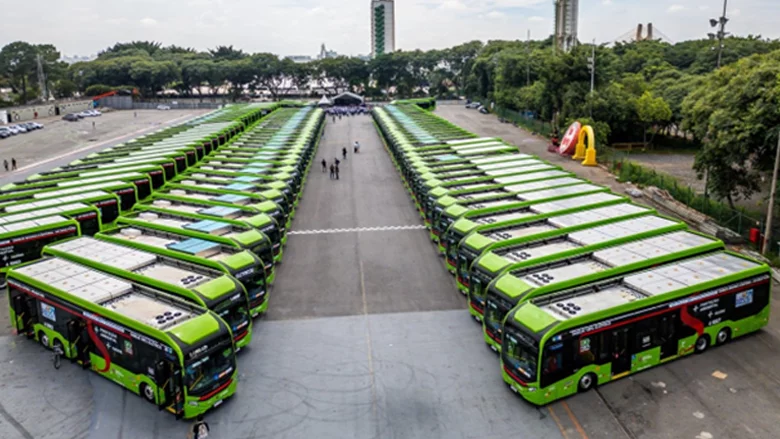Climate change and road safety are intrinsically connected. Vehicle kilometers (miles) traveled or VKT (VMT), an indicator of the total amount of motorized roadway travel in a given jurisdiction, is at the same time a strong predictor of transport related greenhouse gas (GHG) emissions and traffic fatalities. While both climate change and road safety can be addressed through different policy packages that do not affect VKT (e.g. emissions standards, enforcement of seatbelt laws), there are mitigation actions for reducing GHG emissions that target VKT reductions and are therefore also effective safety countermeasures. In this paper, the authors use VKT climate change scenarios from the International Energy Agency (IEA), and develop regional risk factors based on information from the World Health Organization (WHO). The authors find that VKT reductions suggested by IEA to move from a 4 degree scenario (4DS) to a 2 degree scenario (2DS), can help avoid nearly 200,000 traffic deaths per year. While impressive, this number still falls significantly short of meeting the Decade of Action on Road Safety goals. The authors then test different policy packages to achieve the goal of the Decade of Action of halving road fatalities by 2020. The authors find that a combined approach in which VKT reductions and risk reduction is a more feasible method than either targeting risk or VKT alone. This analysis indicates the magnitude of the global road safety problem and the need for coordinated, long term efforts to reduce traffic related deaths and other sustainable development goals.











